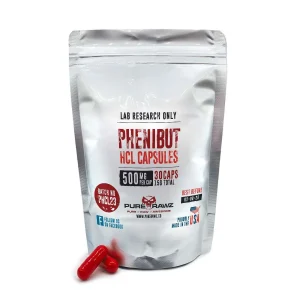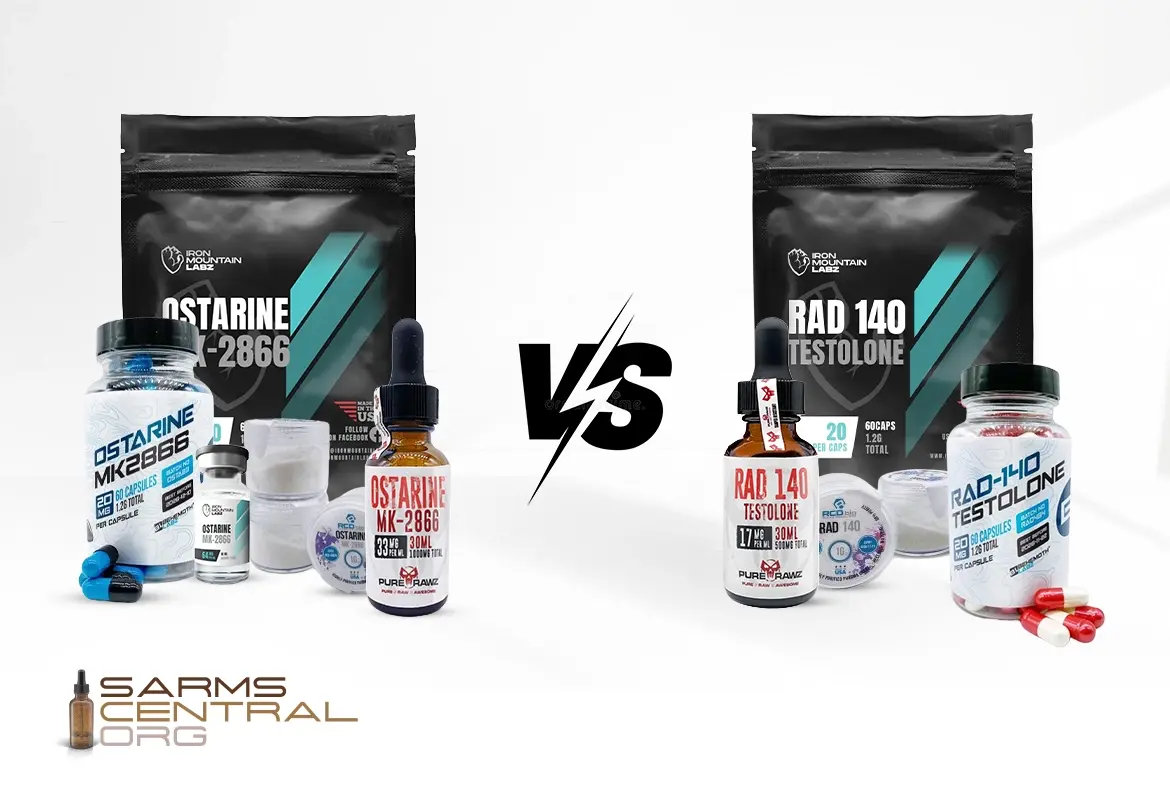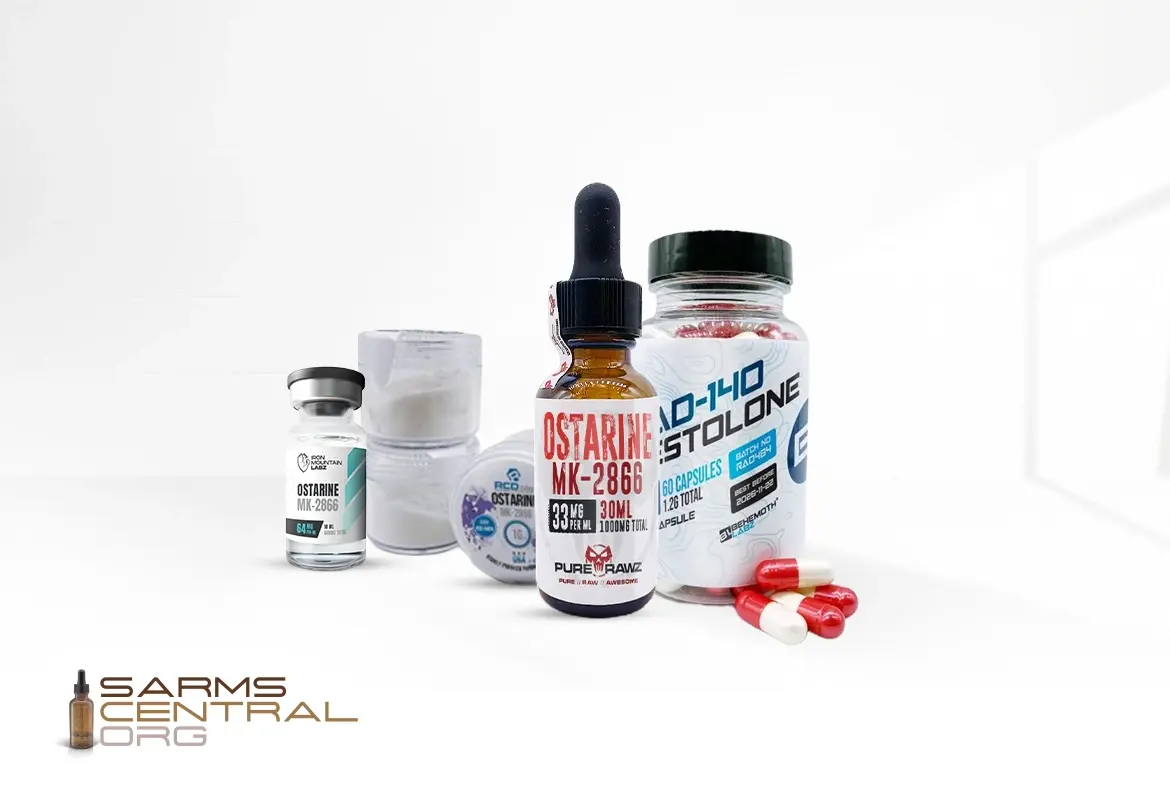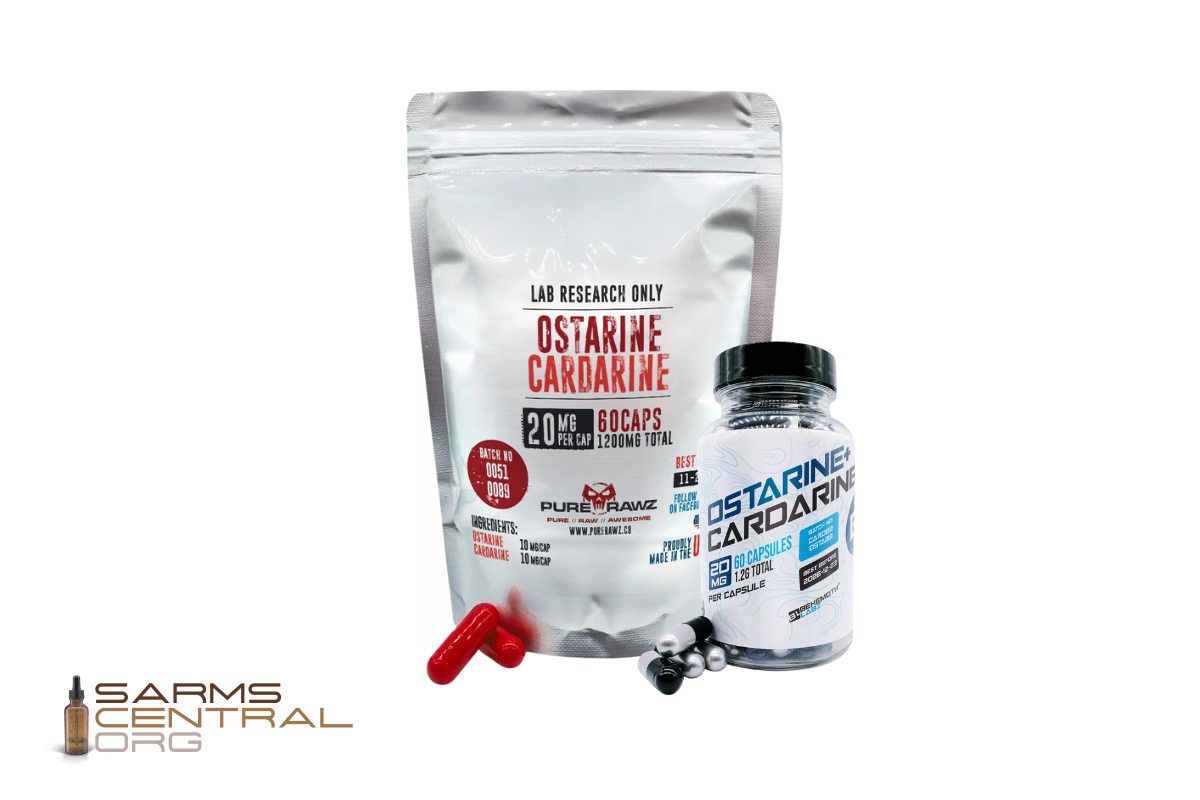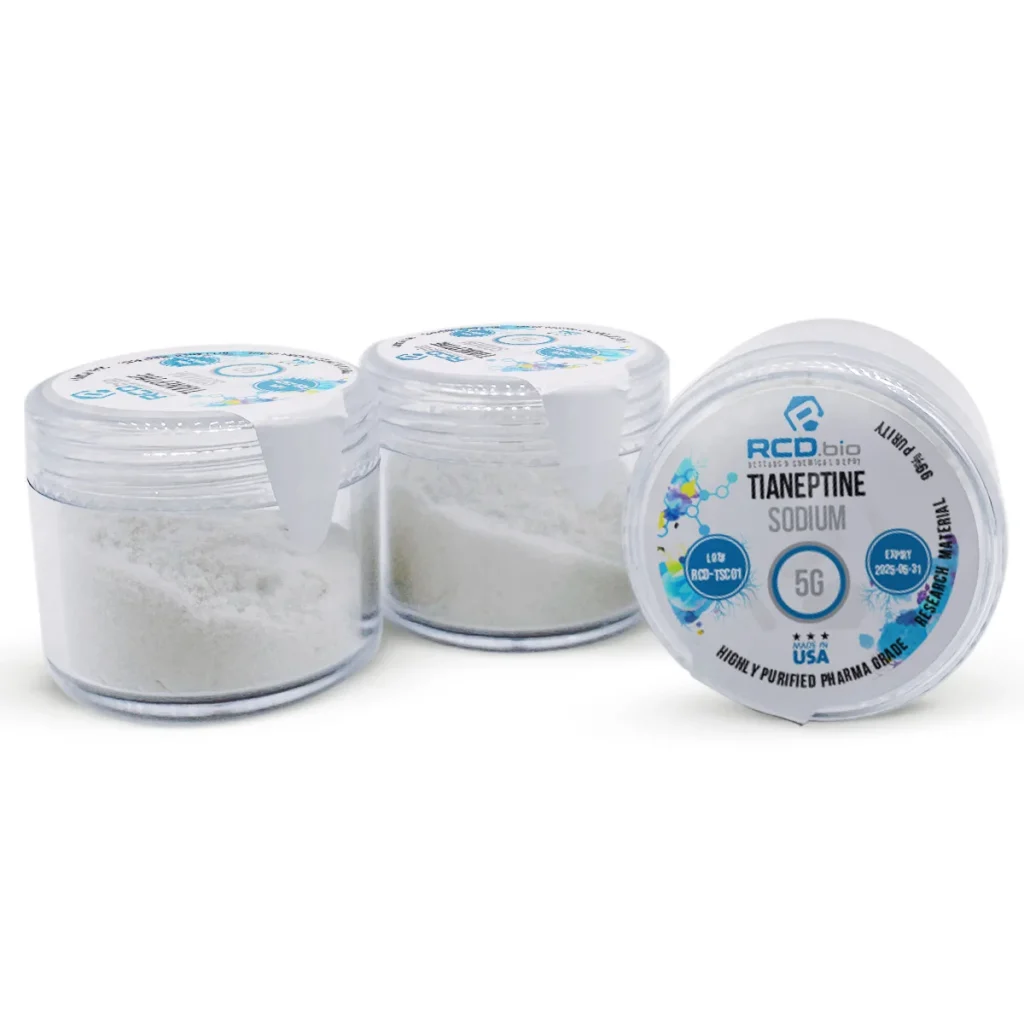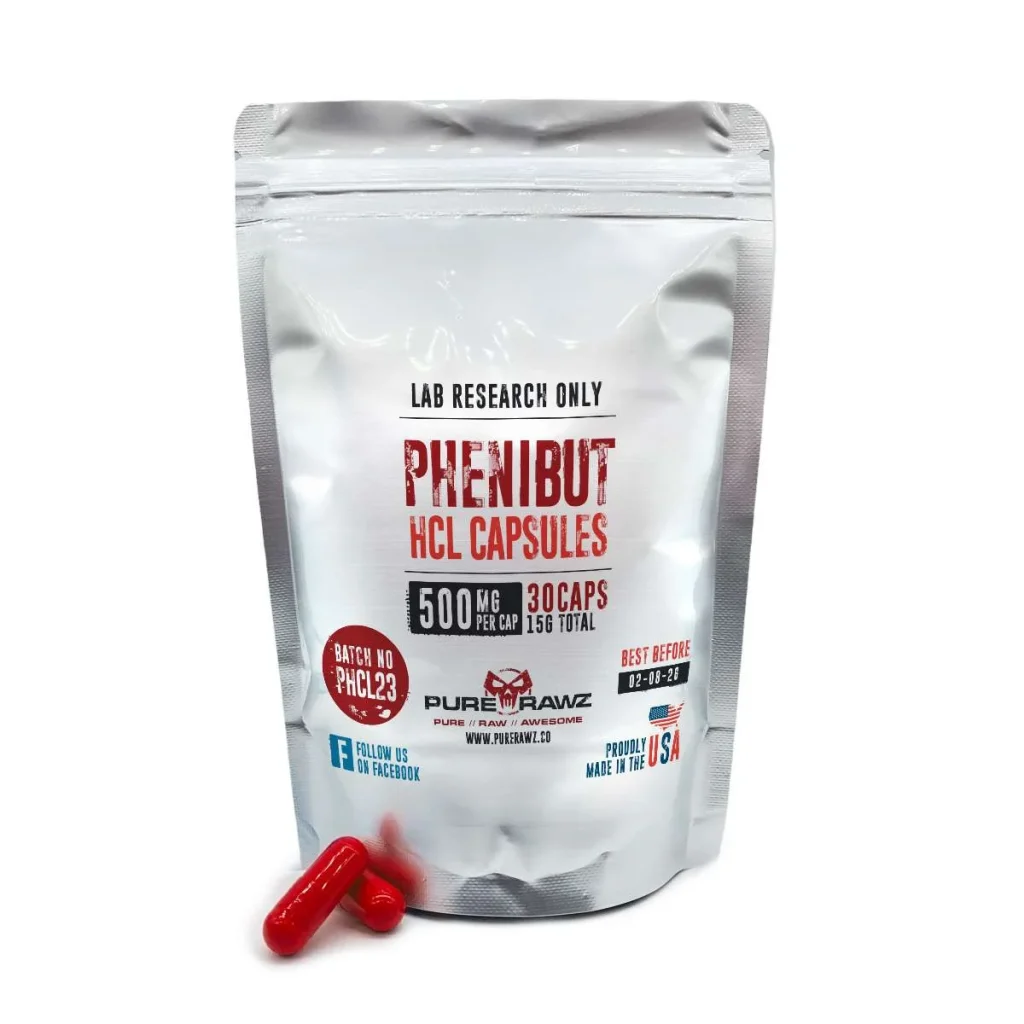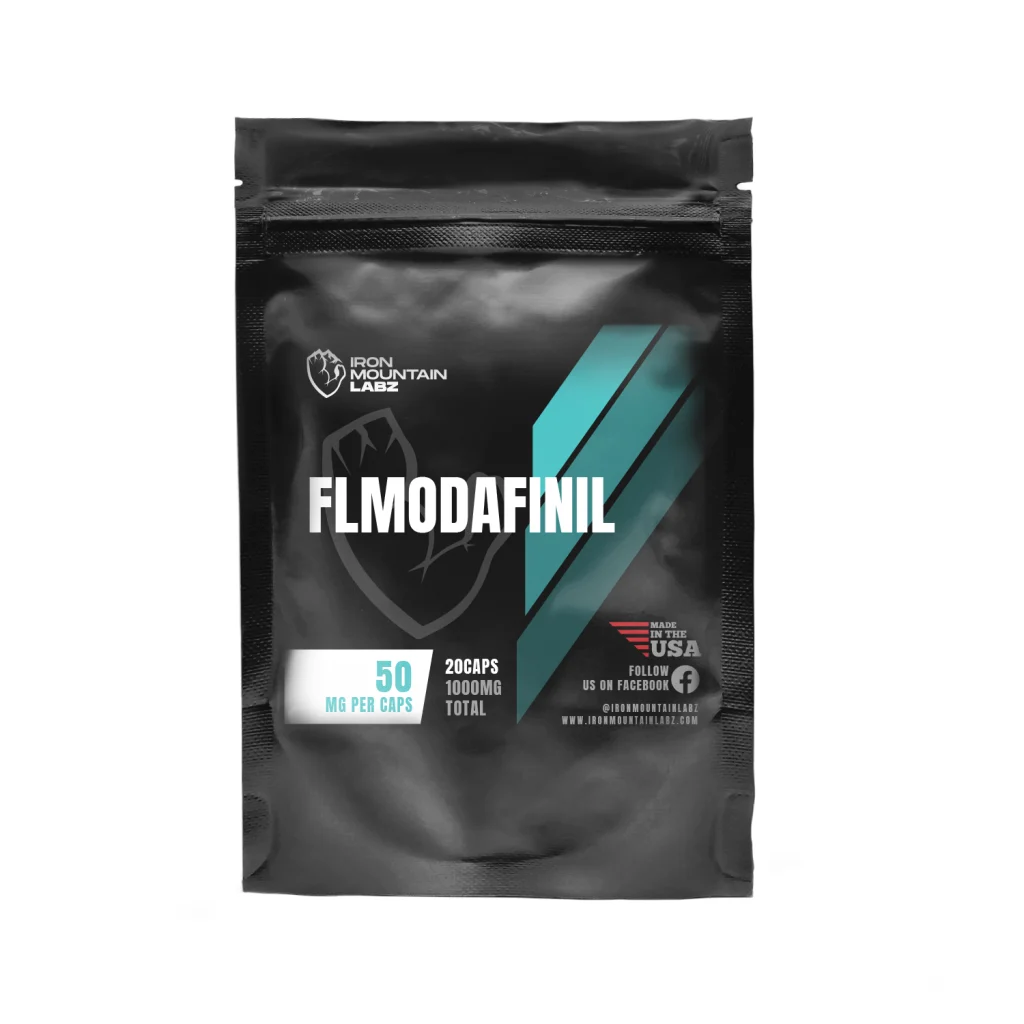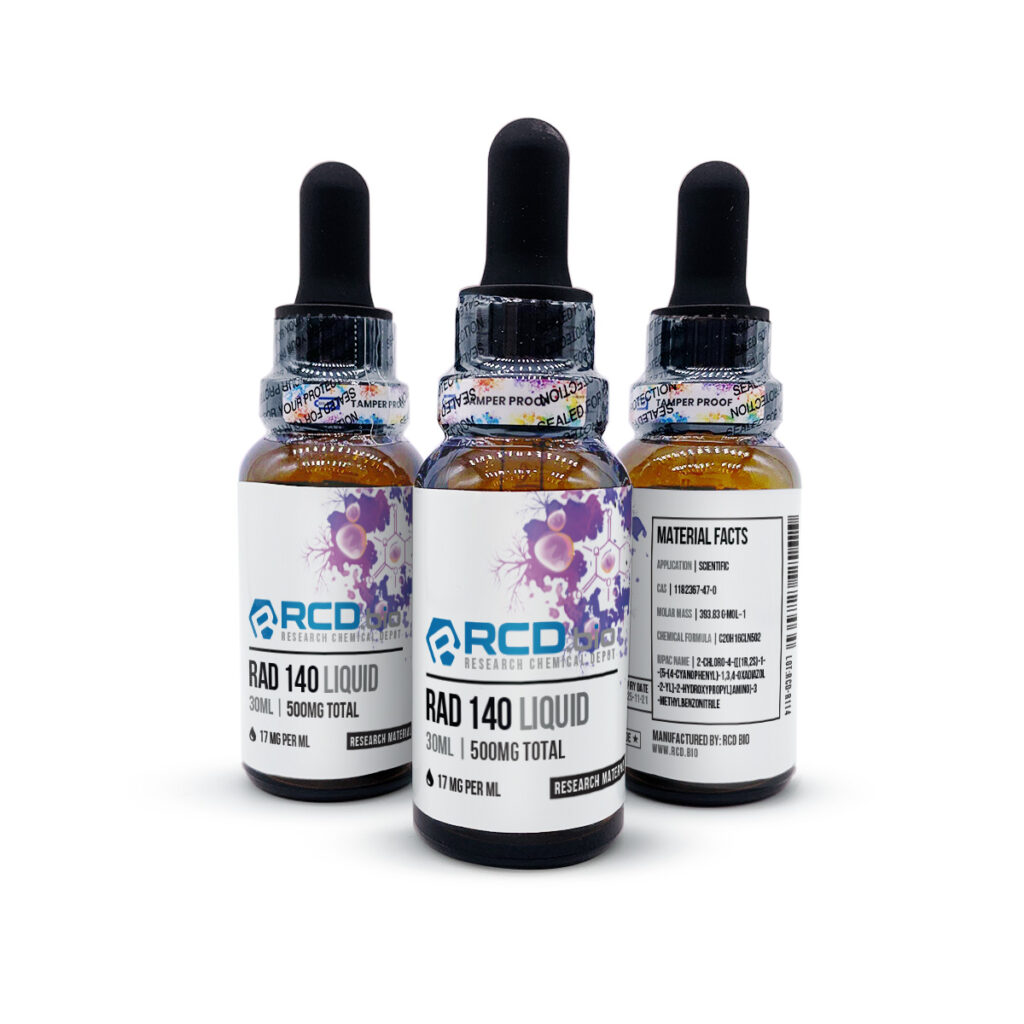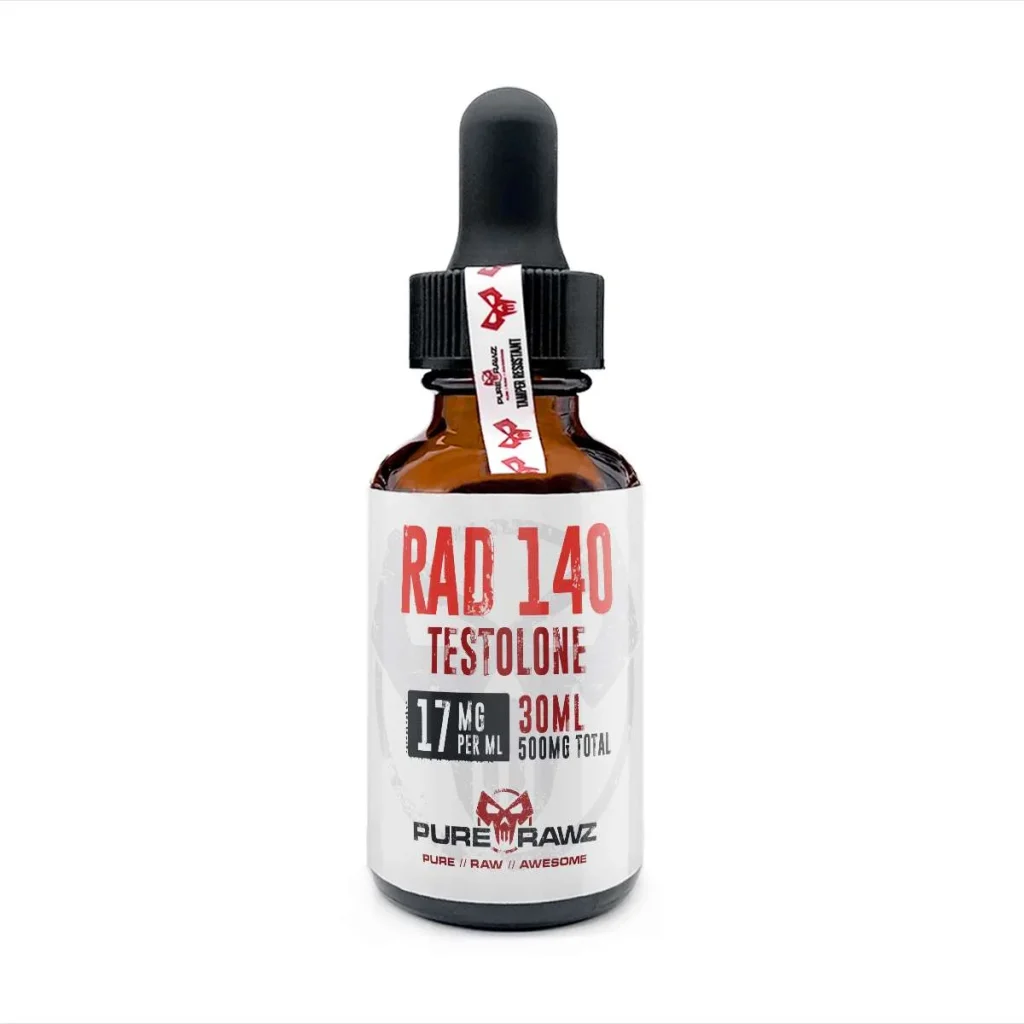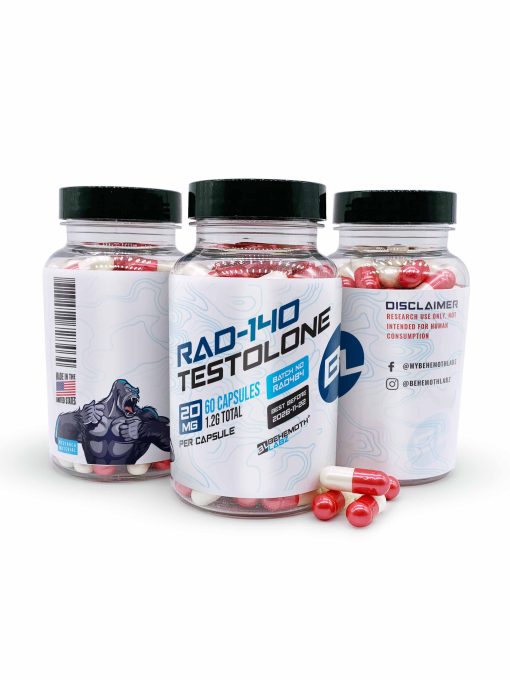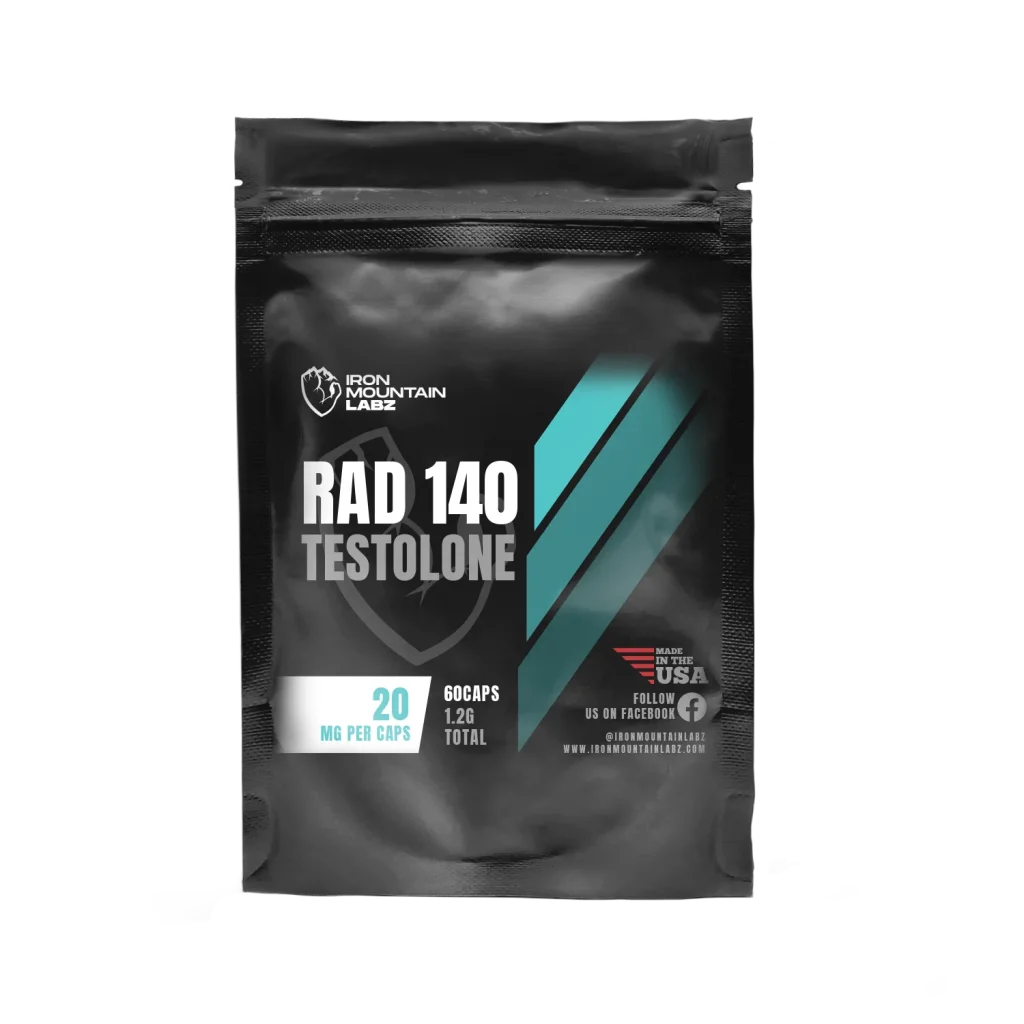Do nootropics show up on drug tests? Did you know some nootropics may appear on drug tests depending on their ingredients? It may sound surprising, right? Even if most seem harmless, a few may contain ingredients that could be flagged in drug screenings. Let’s take a closer look before you pop that next brain booster stack.
Understanding Drug Test Detection for Different Types of Nootropics
It is important to understand how different nootropics affect drug testing, and that starts with you knowing the various types of nootropics. Users must understand this distinction since some drug testing can detect certain active ingredients with these types:
Natural Nootropics
Most companies don’t ban them and they usually don’t show up in drug tests that are done on a regular basis. But there could be problems if these natural chemicals are coupled with stimulants that are not allowed. Natural nootropics include herbs, amino acids, and plant-based compounds. This includes adaptogens like ashwagandha, L-theanine, and bacopa monnieri.
Nootropics as Prescription Drugs
It will show up on drug tests, especially on extended panels or performance-enhancing screens. The U.S. and many other countries call them Schedule II controlled substances. Unprescribed use can lead to legal issues.
Some prescription medications are also classified as nootropics, including:
- ➢ Modafinil
- ➢ Methylphenidate
- ➢ Adderall
Non-Prescription Synthetic Nootropics
Drug tests may not detect these unless they include components comparable to scheduled stimulants or are taken with prohibited drugs like DMAA, DMHA, or Octodrine.
Some of the popular synthetic cognitive enhancers and smart drugs for focus and productivity are:
- ➢ Phenylpiracetam
- ➢ Noopept
- ➢ Tianeptine
- ➢ Selank and Semax
A study on toxicology from 2021 discovered that fitness and nootropic stacks typically had dimethylamylamine (DMAA) and other comparable substances added to them. Athletic testing authorities can use this for reasons for drug testing and flag them. [R]
Do Nootropics Show Up on Drug Tests
Understanding Drug Tests and Detection
Drug tests employ many techniques to identify chemicals, ranging from workplace screening to sports and doping examinations. Every technique has a different detection time and accuracy. The types and detection times are listed here; however, keep that the nootropics window can be shorter or longer depending on the compound’s half-life.
Types of Drug Tests Used:
- ➢ Urine tests
This is the most common method used to detect various substances. For most compounds, detection through urinalysis is around 1 – 4 days [R], but some nootropics with longer half-lives or slower metabolisms can be detected for over a week.
- ➢ Blood tests
Blood testing detects recent or continuing chemical use by measuring its active presence in the bloodstream. Many drugs can be detected in less than 24 hours. As previously stated, some vary, but for the record, it can be detected between 2-12 hours of intake [R].
- ➢Saliva testing
Saliva testing detects recent use quickly and painlessly. For on-site or roadside testing, it quickly detects drugs 12 – 24 hours after ingestion [R]. Highly lipophilic compounds may be detectable longer than 24–48 hours.
- ➢ Hair tests
Long-term use patterns are detected by hair follicle testing by detecting chemicals in the hair shaft as it grows. This method is uncommon for nootropics but effective in detecting past use. Hair length and the substance being detected determine the detection window, which can be 90-120 days [R].
What Substances Do Drug Tests Detect?
- ➢ Drugs that are against the law, like cocaine, heroin, and marijuana
- ➢ Prescription drugs, especially stimulants, including banned performance-enhancing nootropics for sports
- ➢ Substances that improve performance especially those that are not allowed by sports agencies
Standard Drug Panels:
- ➢ 5-panel: THC, cocaine, opiates, PCP, amphetamines
- ➢ 10-panel: Includes benzodiazepines, methadone, barbiturates, propoxyphene, and more
- ➢ WADA-specific: Includes beta-2 agonists, diuretics, hormone modulators, stimulants
Remember, most of the time, drug tests don’t look for nootropics unless they are structurally similar to banned substances or mixed with illegal compounds
Find The Best Prices For Nootropics
Legal and Professional Implications
Workplace and Athletic Drug Testing Policies
- ➢ At work: Tests may be conducted for the abuse of prescription drugs or stimulants.
- ➢ Athletics: WADA or national anti-doping authorities are in charge of athletics. Some nootropics, including Fonturacetam, are banned because they act like stimulants, much like certain pre-workout nootropics athletes use for performance.
Disclosure of Common Nootropics Use
If you are being tested, you should let the medical personnel know if you are taking any mental performance enhancers. Documentation helps avoid misunderstandings during random testing.
Using Prescription Nootropics Without a Prescription
- ➢ In many places, this is against the law.
- ➢ Will result in positive tests for amphetamines or other controlled substances.
- ➢ Carries the risk of being fired or disqualified.
Best Practices for Nootropic Users
- ➢ Pay close attention to the labels. The chance of accidentally consuming prohibited substances is increased by ambiguous labeling.
- ➢ Avoid anything “experimental” that lacks proper documentation.
- ➢ Seek medical advice, particularly prior to stacking drugs.
- ➢ If you use pharmaceutical-based nootropics, keep a copy of your prescriptions.
- ➢ Regularly review WADA’s prohibited list, particularly prior to competitions.
Final Thoughts
This is the answer to your question: Yes, some nootropics might show up on a drug test. Whether they are synthetic or prescription, they may show up on drug tests or break anti-doping rules. To keep things from coming as a surprise, only use clear, tested nootropics with proper labels. For high-quality compounds, only buy from well-known brands like RCDbio or Purerawz. This way, you can be sure the ingredients are pure and effective, especially for those looking into nootropics for memory support. They work and can really help with focus, but you should always make sure that they are used safely and responsibly.
Frequently Asked Questions
Why Are Nootropics Popular in Sports and Fitness?
Nootropics are popular in sports due to their neuroprotective benefits. It is used to support mental endurance and the ability to enhance performance and support mood. Many individuals turn to nootropic compounds to improve focus, energy, and recovery. However, factors like dosage and side effects, frequency of use, and health conditions can affect results. While most nootropics aren’t flagged in competitive drug screening. There are concerns about substance abuse, and how nootropic metabolism may interact with banned stimulants has become a reason for drug screening in sports.
Are nootropics banned in sports?
Yes, some are. WADA banned DMAA, modafinil, and fonturacetam because they increase alertness.
Which nootropic ingredients should competitive athletes be cautious about?
Athletes should be cautious and avoid synthetic stimulants or off-label compounds, many of which are also marketed in gaming nootropic. For athletes these are modafinil, fonturacetam, DMAA, and DMHA.
How can I know if a nootropic supplement is safe for competition?
Check the ingredients against WADA’s banned substances list and get third-party testing verification.
Are nootropics safe if I’m not competing in professional sports?
Yes, but stay away from anything that has a suspicious label and no testing.
Are nootropics considered drugs?
Some are, especially those that are prescription, like modafinil and Adderall. Some, like bacopa or ashwagandha, are dietary supplements.
Will ashwagandha show up on a drug test?
As a natural adaptogen, ashwagandha doesn’t typically show up in drug testing.

